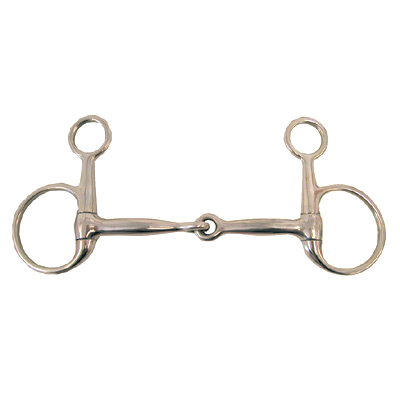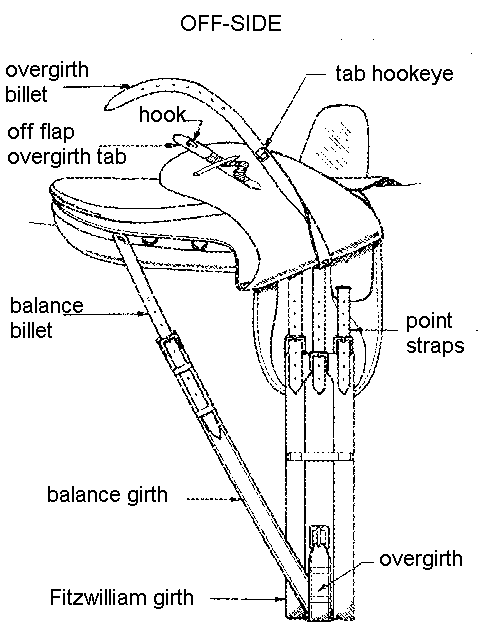How well do you know your drugs?

An unplanned excursion to the Equine Hospital earlier this week (for a severed artery) got me thinking about drugs. Well, really it was listening to the horse’s owner trying to pronounce the generic names that got me thinking about drugs…I mean medication.
Meds/”vet stuff” and I go way back. I remember the good ol’ days when Daddy Vet would take me on calls before school and during the drive I would get quizzed on different illnesses and effective treatments/medications. (please let me keep pretending this is normal) It was such a happy carefree time that I wanted to share a blast from the past with you….ok, really I’m sadistic and just like listening to people try to say these names out loud.
Correctly match the brand name (number) with the generic name (letter) if you’re a super smarty pants match it with its classification (some are used more than once). Have fun and no cheating!
1. Bute A. Ketoprofen Urinary tract analgesic
2. Domoso B.Omeprazole Nonsteroidal anti-inflammatory (NSAID)
3. Banamine C. Pentoxifylline Molecule “Carrier”
4. Lasix D. Oxytetracycline Diuretic
5. Gentocin E. Ranitidine Antibiotic
6. Zantac F. Clenbuterol Anti-ulcer
7. LA200 G. Imipenem Decreases blood viscosity
8. Gastrogard H. Ceftiofur Anti-anxiety/anti-seizure/sedative
9. Ketofen I. Metoclopramide Anti-protozoal
10. Valium J. Gentamicin GI Motility Stimulant
11. Trental K. Dimethyl Sulfoxide Gel Opiate Agonist
12. Naxcel L. Ponazuril Bronchodilator
13. Marquis M. Flunixin Meglumine
14. Regland N. Butorphenol
15. Primaxin O. Phenylbutazone
16. Torbugesic P. Phenazopyridine
17. Ventipulmin Q. Furosemide
18. Pyridium R. Diazepam
Answers
1. Bute – Phenylbutazone – NSAID – Please tell me you got this one right!
2. Domoso – Dimethyle Sulfoxide Gel – Molecule “Carrier” – If you want to mess with your vet ask them to explain this one. It is best known for allowing medication to pass through the skin (it “carriers” it into the bloodstream) but it can also act as an anti-inflammatory…or a carcinogen to you. But in all honesty, we really don’t completely understand DMSO (non-gel form) that well.
3. Banamine – Flunixin Meglamin – NSAID – Side note, Bute helps for skeletal or muscle issues, while Banamine is more useful for visceral pain (thanks Daddy Vet) which is why it is used for colics.
4. Lasix – Furosemide – Diuretic – mostly commonly given to racehorses that are “bleeders” or suffer from Exercise Induced Pulmonary Hemorrhage, (EIPH) meaning that during intense work outs they bleed from their lungs. The diuretic lowers blood pressure either preventing hemorrhages or decreasing the severity.
5. Gentocin – Gentamicin – Antibiotic – LOOK! It matches…sort of
6. Zantac – Ranitidine – Anti-ulcer – If you take this for your own stomach problems remember to look up the dosing for humans NOT horses.
7. LA200 – Oxytetracycline – Antibiotic – This stuff is AWFUL to give in winter!!! It is super thick, so it also sucks giving it with small needles…hey Visionaire, did I every say thanks for giving it to my horse with an 18G needle? Thank you!
8. Gastrogard – Omeprazole – Anti-ulcer – IV Omeprazole is evil.
9. Ketofen – Ketoprofen – NSAID
10. Valium – Diazepam – Anti-anxiety/Anti-seizure/Sedative
11. Trental – Pentoxifylline – Decreases Blood Viscosity – It’s most commonly used on horses with laminitis or navicular disease.
12. Naxcel – Ceftiofur – Antibiotic
13. Marquis – Ponazuril – Antiprotozoal – Used as a 28 day treatment for EPM.
14. Regland – Metoclopramide – GI Motility Stimulant – The “Don’t Stand Behind” rule is especially applicable.
15. Primaxin – Imipenem – Antibiotic
16. Torbugesic – Butorphenol – Opiate Agonist – It makes sedatives work better. Lots of vet use it in “cocktails” to make horses go to Lala Land faster and longer.
17. Ventipulmin – Clenbuterol – Bronchodilator
18. Pyridium – Phenazopyridine – Urinary Tract analgesic – If you ever have to give this, be careful! When you crush it, it will turn EVERYTHING yellow and it NEVER EVER washes off….EVER
How’d you do? Leave a comment below…and make me feel like a productive member of Eventing Nation.



 2.
2. 3.
3. 
 5.
5.  6.
6. 
 8.
8. 9.
9. 
 11.
11. 12.
12. 














 2.
2.  3.
3.  4.
4. 
 6.
6. 
















